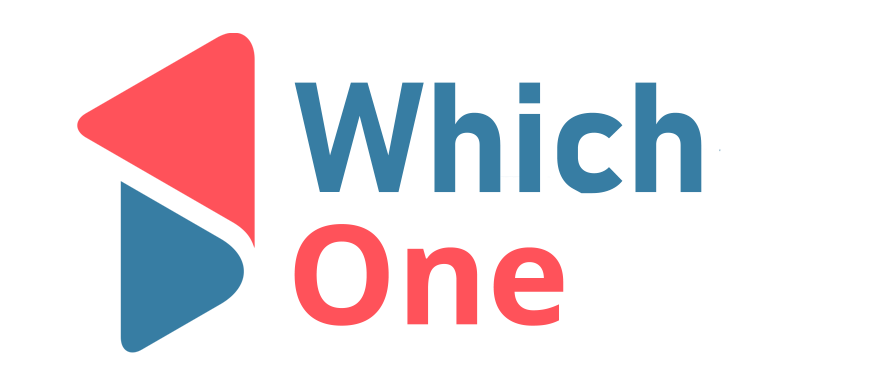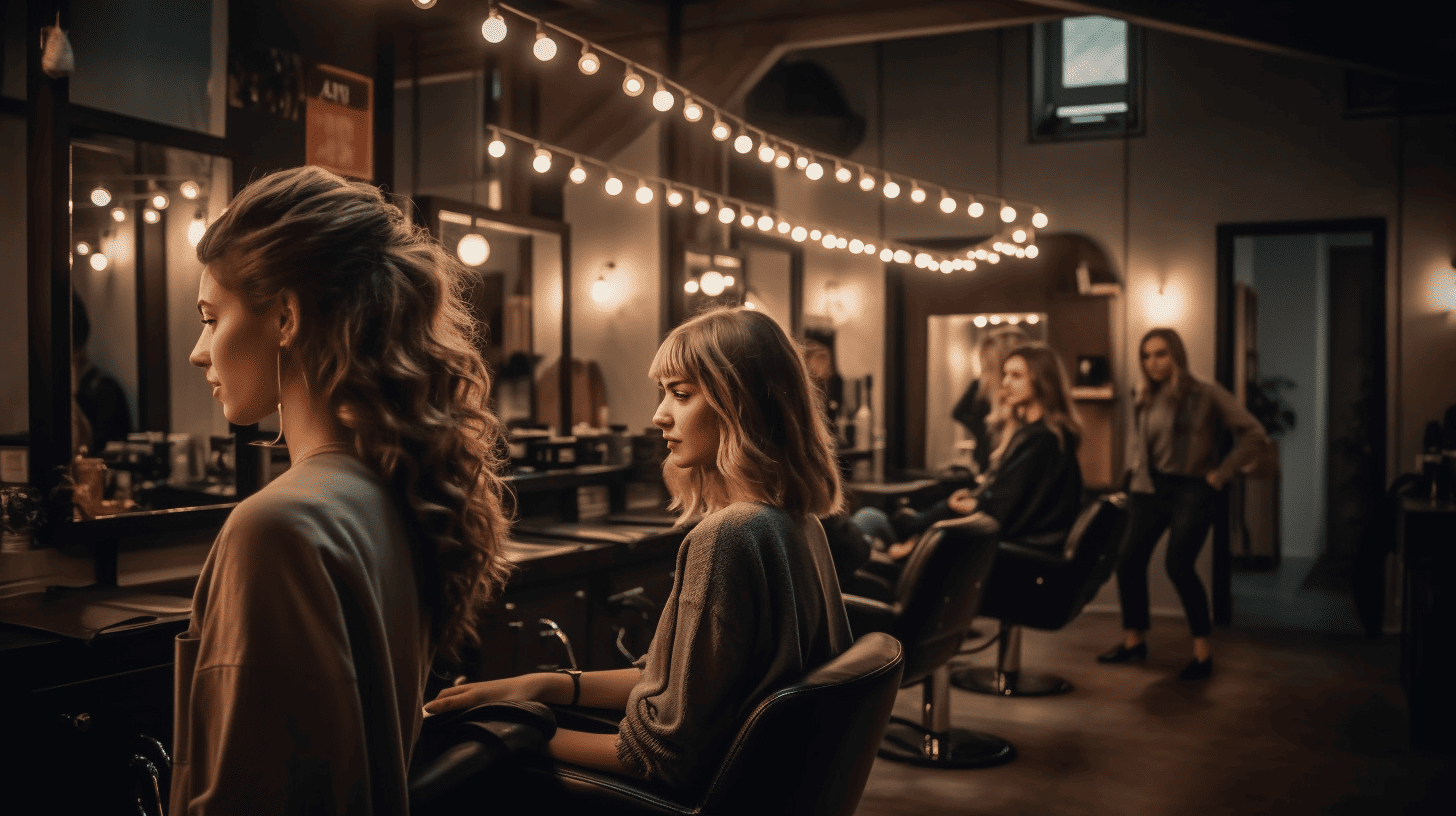In the realm of personal aesthetics, the age-old debate surrounding the allure of straight versus curly hair continues to captivate the hearts and minds of many. The question of which one is more attractive remains a tantalizing enigma that has traversed cultural shifts, fashion trends, and the tides of time. Many factors shape our perceptions of attractiveness, from cultural influences to media representation and personal experiences.
In this exploration, we aim to dissect the magnetic charm exuded by straight and curly hair types. By navigating through the intricate landscape of preferences, societal standards, and the power of self-expression, we endeavor to shed light on the nuances that contribute to the eternal allure of these two distinct hair textures. The journey invites us to celebrate the kaleidoscope of diversity that enriches our world and challenges traditional notions of beauty.
What are the differences between Straight and Curly Hair?
Straight hair has its unique appeal. It exudes a sleek and polished look often associated with professionalism and elegance. Its simplicity allows for versatile hairstyles and easy maintenance, making it a favorite for many. Curly hair, on the other hand, possesses a natural and vibrant aura. Its dynamic texture adds depth and personality to a person’s overall appearance. Curly hair is about embracing individuality and a carefree vibe that’s charming and magnetic.
Cultural trends and media representation influence the perception of attractiveness. Over time, straight and curly hair types have taken turns being in the spotlight. Straight hair was once the epitome of beauty standards, while today, curly hair is celebrated for its unique and authentic beauty.
Which one is easier to maintain, straight or curly hair?
Maintaining hair depends on personal factors such as your hair care routine, products, and lifestyle. Curly hair is more prone to tangling and forming knots due to its texture. Detangling curly hair can be time-consuming and requires gentler handling to prevent breakage. Straight hair typically requires less daily styling effort. It is naturally sleek and smooth, making it easier to manage and style into simple looks without much fuss.
Curly hair is drier due to the shape of the hair follicles, which can result in less distribution of natural oils. While this can be advantageous in terms of less frequent washing, it also means more care needs to be taken to maintain moisture and prevent frizz. Straight hair can often be air-dried without much heat styling, while curly hair might require more styling with diffusers or curl-enhancing products to maintain its shape and minimize frizz. Curly hair often requires specialized products such as leave-in conditioners, curl creams, and gels to define and control the curls. Finding the right products for your hair type can take trial and error.
Can I change my hair type permanently?
Hair type is primarily determined by genetics and the structure of your hair follicles, and it is impossible to change your natural hair type permanently. The types of hair texture are straight, wavy, and curly, and the shape of the hair follicle determines them. These characteristics are inherited from your parents and are part of your genetic makeup.
While there are temporary methods to alter the appearance of your hair texture, such as using heat styling tools or chemical treatments, these changes are not permanent. They can potentially damage your hair.
Using heat-styling tools like flat irons or curling wands, you can temporarily straighten or curl your hair. However, the effects are not long-lasting, and frequent heat styling can damage hair and breakage over time. Chemical treatments like relaxers can temporarily alter your hair’s structure by breaking down the natural bonds determining its texture. These treatments can be damaging and require careful maintenance to prevent further damage.
It’s essential to remember that these methods can cause stress on your hair and potentially lead to irreversible damage if not used cautiously.
Are there cultural preferences for hair types?
Cultural preferences for hair types have existed across different societies and historical periods. Beauty standards often vary based on cultural norms, traditions, and historical influences. In many Western societies, straight hair has historically been favored due to Eurocentric beauty ideals. This preference often stems from colonial history and the dominance of European beauty standards in media and fashion.
In cultures where curly hair is more prevalent, there is often a strong cultural preference for embracing and celebrating these natural textures as part of one’s identity. This can be seen in various African, Afro-Latin, and Afro-Asian cultures. Media, including magazines, advertisements, and movies, play a significant role in shaping beauty ideals. With the rise of social media and diversity movements, there has been a shift towards celebrating a more comprehensive range of natural beauty. Online platforms have allowed individuals to share their unique hair journeys and challenge traditional beauty norms. Cultural exchange and globalization have increased the appreciation of diverse beauty standards.
Why do people want to change their hair type?
Human nature thrives on novelty. Changing hair color, texture, or style can offer a fresh look and create excitement and change in routine. Hair serves as a canvas for self-expression. People may change their hair to reflect their personality, mood, or creativity, allowing them to showcase their individuality. Altering one’s hair can lead to a boost in self-confidence. A new haircut or style can make someone feel more attractive and empowered.
Hair trends often emerge from fashion and media. People may change their hair to align with current trends or to emulate a celebrity’s look. Mundane routines can prompt a desire for change. Altering hair offers a tangible way to break away from the ordinary. Hair can be seen as an art form. People may change their hair as a way to express their artistic inclinations.
Conclusion
The debate over whether straight or curly hair is more attractive is ultimately subjective. Both hair types have distinct appeal; what truly matters is how you carry yourself and your self-confidence. Embracing your natural beauty and expressing your personality are the real keys to being attractive in any situation. So, whether you rock straight locks or embrace your curls, remember that beauty is diverse and unique.
FAQs:
How can I boost my confidence regardless of my hair type?
Confidence comes from self-acceptance and self-care. Embrace your uniqueness, develop a positive self-image, and focus on your strengths. Practice self-care routines, surround yourself with positivity, and engage in activities that make you feel good about yourself. When you exude confidence, any hair type becomes attractive.
How do hair care routines differ for straight and curly hair types?
Hair care routines can vary based on your hair type. Straight hair often requires less moisture and may become oily quickly, so lightweight products and regular shampooing can be beneficial—conversely, curly hair benefits from more moisture to maintain its texture and prevent frizz. Leave-in conditioners, oils, and curl-enhancing products are commonly used in curly hair routines.
Can I change my hair type temporarily without heat or chemicals?
While you can’t permanently change your hair type without heat or chemicals, there are methods to alter your look temporarily. Braiding or twisting damp hair can create temporary waves or curls. Similarly, using rollers or flexi rods can provide curls without heat or chemicals. These methods offer a heat-free and chemical-free way to enjoy a different hair texture for a short period.
How do societal beauty standards impact our perceptions of hair types?
Societal beauty standards play a significant role in shaping our perceptions of attractiveness, including hair types. These standards can influence our self-esteem and how we perceive ourselves. Recognizing that beauty is subjective and challenging these standards by celebrating diverse appearances is a step towards reshaping how we view different hair textures.
What are some popular hairstyles for straight and curly hair?
Straight hair lends to sleek, polished looks like the classic bob or long layers. Curly hair can be styled into various curls, from loose waves to tight coils. Popular curly hairstyles include the wash-and-go, twist-outs, and defined curls using curling products.


1 Comment